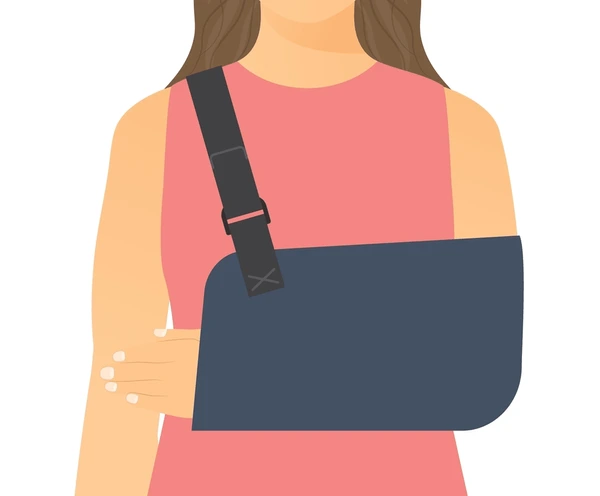
Rotator cuff repair is a common surgical procedure aimed at fixing tears in the rotator cuff, a group of muscles and tendons that stabilize the shoulder joint. In some cases, surgeons may utilize patches to enhance the repair process. These patches play a critical role, especially when dealing with larger or more complex rotator cuff tears.
Patches used in rotator cuff repair are typically made of durable synthetic materials or biological tissues. Their primary function is to reinforce the torn area and facilitate healing by providing additional support to the repair site. When a tear is too large for standard stitching or traditional repair methods, a patch can be employed to cover the defect, giving the rotator cuff a better chance to heal properly.
There are two main types of patches: synthetic patches and biological patches. Synthetic patches are made from materials such as polyethylene or polypropylene and are designed to provide structural support. These materials are biocompatible, meaning they are safe for the body and typically well-tolerated.
On the other hand, biological patches are derived from human or animal tissues and are used to promote healing. They come with the added benefit of adding tissue that can encourage tissue regeneration. My preference is a dermal allograft or skin graft.
Using patches in rotator cuff repairs has shown promising results, particularly in terms of improving outcomes for patients with large or retracted tears. Studies have indicated that patches can enhance the strength of the repair and lower the risk of re-tear, leading to better functional recovery.
In conclusion, patches in rotator cuff repair represent an innovative approach to enhancing surgical outcomes, allowing patients to regain shoulder function and mobility more effectively. Always consult with your shoulder specialist to understand the best options available for your specific condition.
Similar posts



